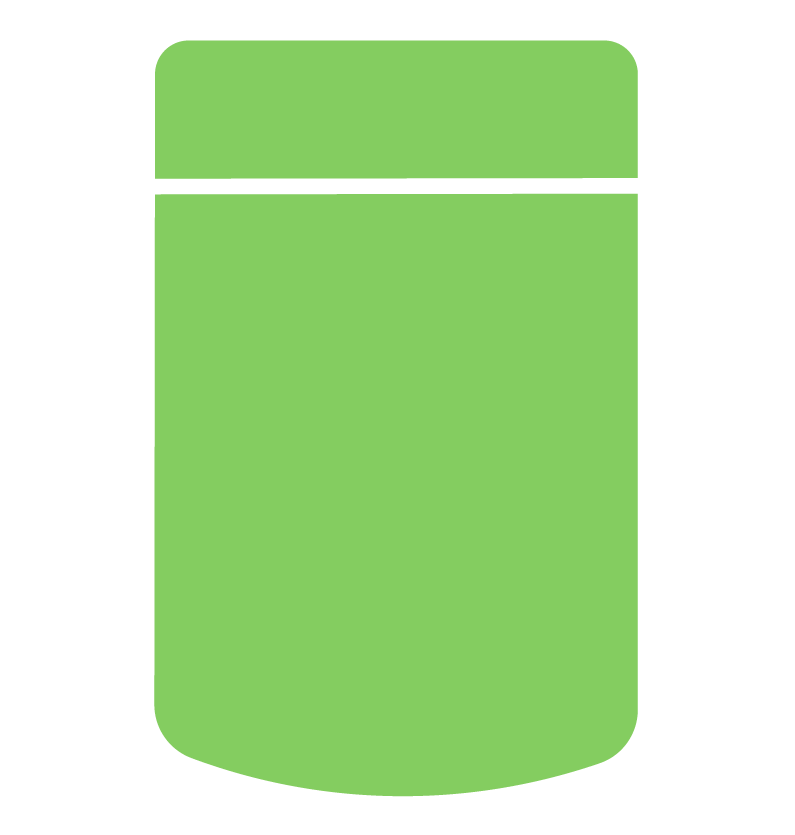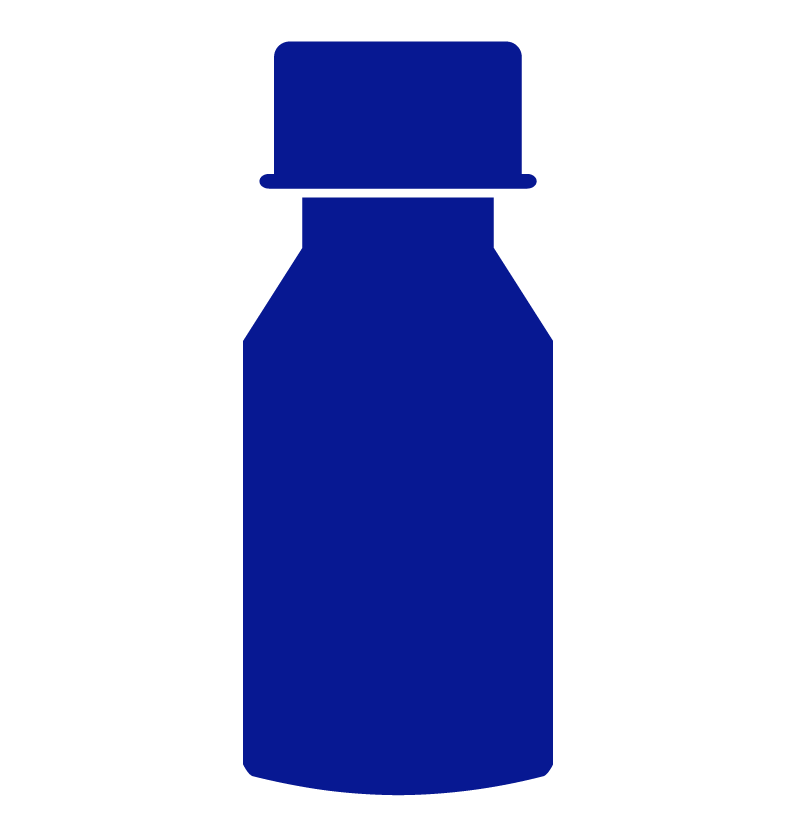Pain is critical in the survival of all animals including humans – it alerts us to potential tissue damage that leads to a wide range of actions to prevent or limit further damage.
Pain Physiology
Pain develops when sensory nerve endings termed nociceptors (i.e., pain receptors) meet a painful stimulus. The nerve impulse travels from the nociceptors to the spinal cord, where it is quickly diverted to the brain. The brain processes the pain sensation and quickly initiates a motor reaction to try to stop the action that is causing the pain1.
Pain that is persistent and recurring might become a concern and progress into chronic pain. We have learned that pain is a complicated interaction between various bodily functions that can fundamentally alter our nervous system. Most importantly, pain is influenced by biological, psychological, and social factors, leading the International Association for the Study of Pain (IASP) to define pain as “an unpleasant sensory and emotional experience associated with, or resembling that associate with, actual or potential tissues damage2.”
The Pain Triad
Chronic pain is rarely isolated; it is frequently linked with sleep disturbances and emotional distress, forming the well-known “Pain Triad”. These three interconnected ailments can affect a person’s quality of life. For example, a high level of pain can lower your mood and reduce your quality of sleep.
The Analgesic Potential of Cannabinoids
Did you know that, like opioid receptors, we have ‘cannabis receptors’ in our brains? In fact, we produce substances like those found in cannabis in our bodies, which are known as ‘endocannabinoids,’ much as we produce opioids, which are known as ‘endorphins.’
The endocannabinoid system interacts with opioid, serotonin, and NMDA receptors, which are all important pain pathways in our body.

CB1 and CB2 receptors are the two primary endocannabinoid receptors. CB1 receptors are found mostly in the peripheral and central nervous systems, and they have a direct overlap with opioid receptors. CB2 receptors regulate the release of cytokines, chemokines, neutrophils, and macrophages and are predominantly present in peripheral and immune cells, suggesting that these receptors have a key role in chronic inflammatory pain.3





